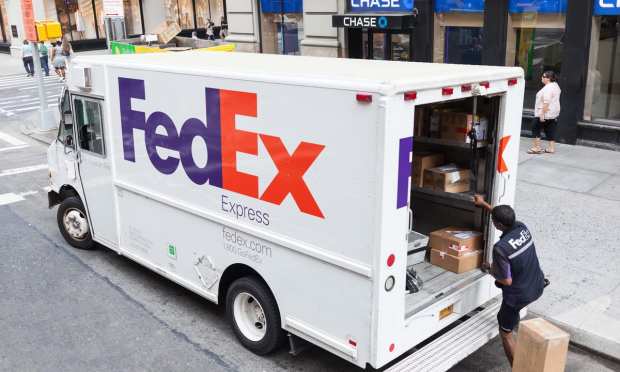FedEx Among Companies Relying More On Real-Time Data To Gauge Customer Demand

Businesses that depend on complex models chock full of data about suppliers, shippers and customers to plan operations are placing less trust than usual in traditional forecasting tools because the COVID-19 pandemic skewed their data, the Wall Street Journal reports.
According to the Journal, companies in the travel, retail and logistics sectors were particularly affected by what the paper called “wild wings in consumer behavior over the past year” and as a result lack information to use in planning.
Some companies, according to the Journal, are responding by replacing models that relied on historical information with new models that analyze real-time information.
The paper quoted Sriram Krishnasamy, senior vice president of strategic programs and chief executive of FedEx Dataworks, as having said new tools help give planners a “bird’s eye view” of markets.
The paper quoted Hayley Berg, who oversees price intelligence efforts at travel app Hopper, as having said: “It’s been an adventure over the past year,” and the sudden cessation of business travel created “a challenging forecasting problem.” Hopper advises users as to when seats are most likely to be most affordable.
Citing information from Hopper, the Journal reported that the company uses machine learning technology that “collects billions of airfare price quotes every day, enabling it to compile a massive archive of several trillion seat prices in recent years.”
The Journal reported that Walmart Inc. spokesman Ravi Jariwala said the retail giant is using extensive internal data — including information from shopper activity before COVID struck — and the process has “helped us normalize the data and more accurately perform demand forecasting.”
The paper quoted Alex Linden, research vice president at consulting firm Gartner Inc., as having said: “The problem in highly volatile times is that sales data of last week is not a good predictor of sales in the following week. This is literally the definition of volatility.”
